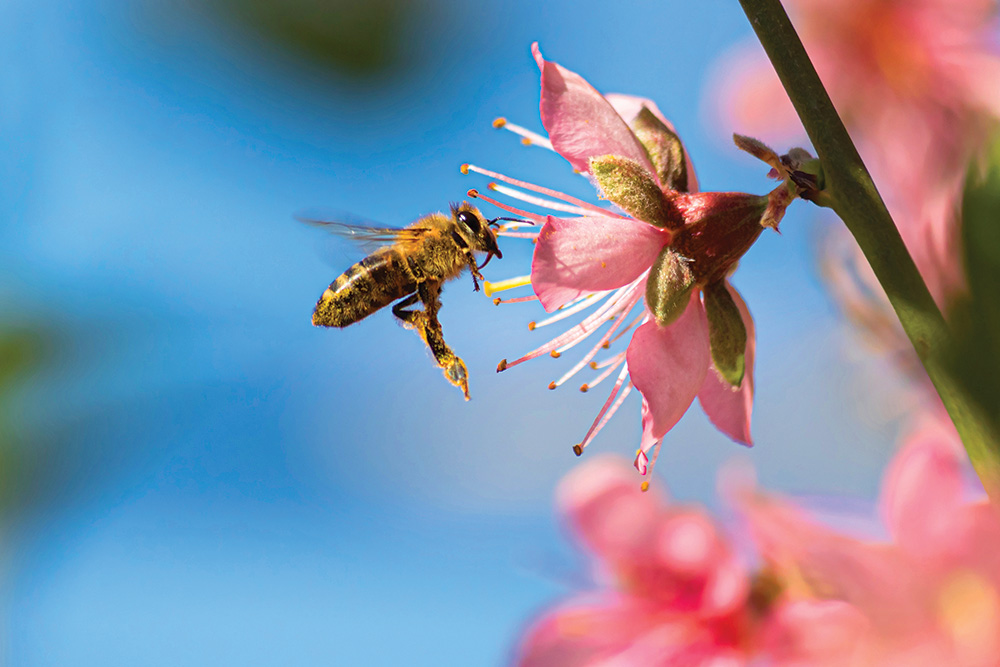These good bugs offer help to humans in a variety of ways.
“There are good bugs out there, and their efforts interact with humans beneficially nearly every day.”
Sometimes, the tiniest creatures on the planet can cause the most trouble.
Insects have long been associated with biting, stinging, burning pain and all-around “creepiness” by many people over hundreds and even thousands of years. The “bad” bugs’ thirst for tasty, tender human flesh has caused many people to stay inside their homes and forego the pure enjoyment of experiencing nature in the field, immersed in all its greatness.
However, these problem insects, such as mosquitoes, biting flies, blood-sucking ticks and stinging fire ants, have taken the spotlight—or, more appropriately, the negative press—and grouped the entire kingdom of insects as “pests” that should be eliminated at all costs.
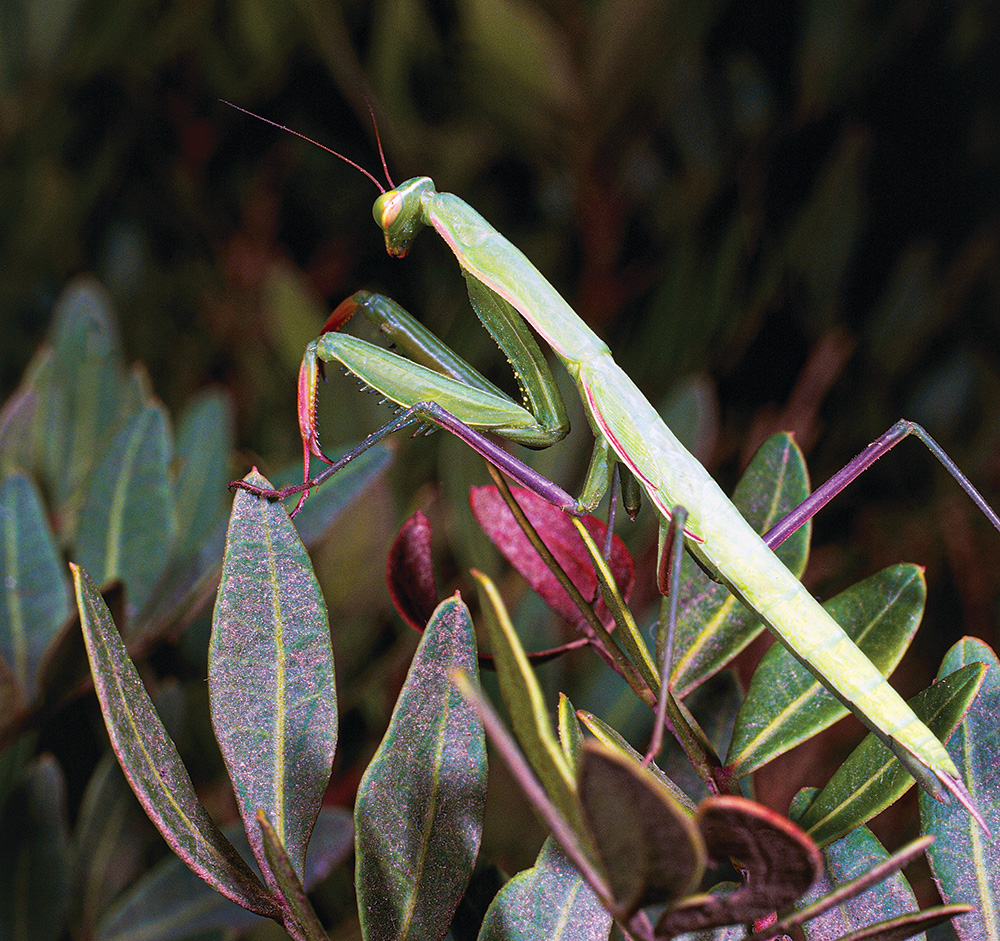
But this isn’t even close to true. In fact, most insects are beneficial in a variety of aspects, from pollinating plants and eating destructive or dangerous insect species to helping in the creation of medicines and pharmaceuticals, creating textiles, wax, honey and so much more.
Here, we’ll take a closer look at these tiny helpers and perhaps offer a perspective that few people would seldom admit: that there are good bugs out there, and their efforts interact with humans beneficially nearly every day.
A BAD REPUTATION
It first must be noted that these good bugs and their deeds aren’t on the minds of most people, only because the bad bugs tend to interact regularly with humans on a daily basis. This might comes in the form of an irritating mosquito that buzzes around a person’s ears, neck and face at the hint of dawn or dusk.
It could also involve a tick burying its head under the skin of someone taking a short hike through the woods. A young child playing in the dirt might be overcome with biting ants crawling up their leg. No matter the scenario, the odds are very good that no human on the planet has escaped the torment of at least one form of insect at some point.
In addition, throughout literature, movies and television documentaries, bugs have, more often than not, been portrayed as troublesome creatures that destroy, bite and scare people out of their wits. Insects have rarely been portrayed in a positive light; therefore, they’ve caused the majority of humans to cringe and shiver at the sheer mention of these creepy-crawly creatures.

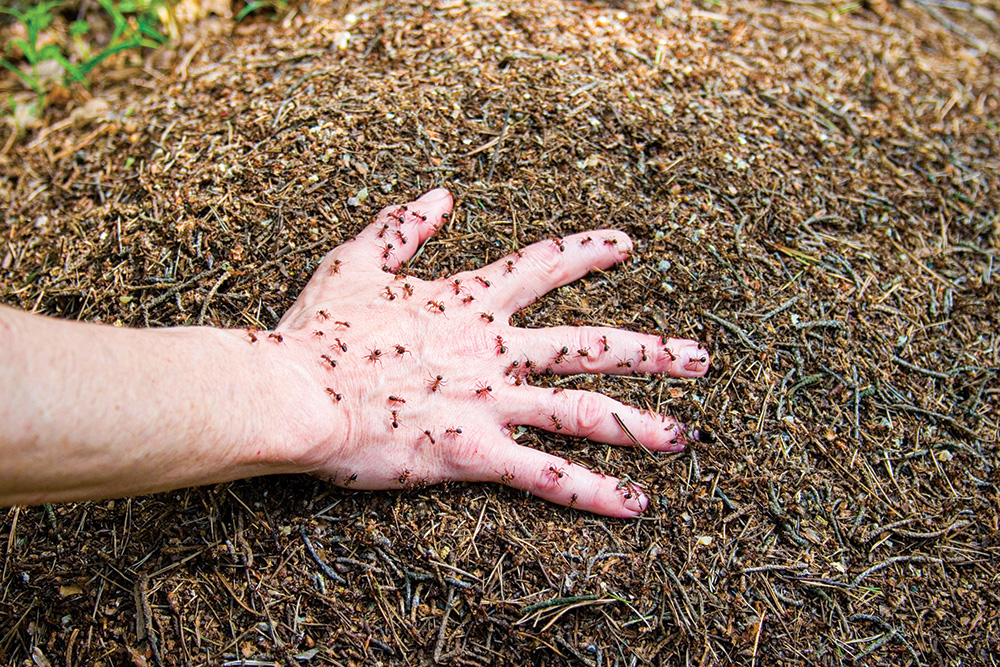
THE GOOD GUYS
Everyone knows about the bad bugs, but few people truly know the good bugs. Yes, honeybees come to mind for many due to the benefits linked to the first part of their name. However, many other insect species provide myriad benefits that are most probably never suspected by the general public; and what’s particularly interesting and perhaps difficult to believe is that “good” bugs far outnumber the bad ones (for example, insects that harmfully destroy plants when they feed comprise under 1 percent of the entire total of insects on the planet).
But, back to the good guys … and we’re going to include spiders, even though they’re technically arachnids (most people, however, place them in the “bugs” category). Good bugs include assassin bugs, which take out flies, mosquitoes, aphids and others like a pro; lady beetles, which target soft-bodied aphids, mites and mealybugs; golden silk spiders, which use their webs like oversized nets; and numerous others, including dragonflies, parasitic wasps, ladybugs and jumping spiders.
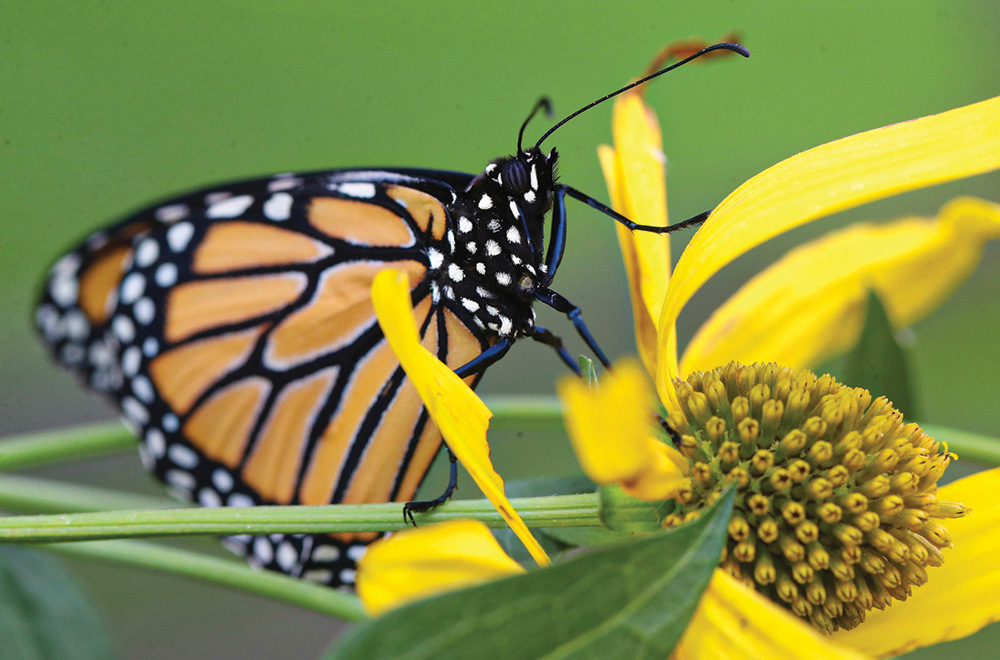
NATURE’S HELPERS
Aside from “talking down” some of the irritating pests of the bug world, some insects can be informally classified as “Mother Nature’s little helpers.” These insects aid in pollinating and comprise a prominent and necessary cog in the overall well-oiled machine that is “nature.”
Some of the most-known pollinators include bees and butterflies. On a calm day, bees and butterflies can often be seen darting from flower to flower with a never-ending drive and straightforward purpose.
Honeybees are, without a doubt, the most well-known of the duo, although they only represent a minute fraction of the entire bee population. Most bee pollinators are solitary and don’t live in hives of thousands or millions, as most people imagine when the word, “bee,” is mentioned.

In fact, many of these beneficial bees aren’t aggressive toward humans, and some are even stingless. Aside from pollinating flowers, bees pollinate other plants too. Some bees are anatomically designed with hairs and other structures that collect plant pollen and transfer it from one plant to another.
Butterflies, although perhaps harmful to delicious-looking plant leaves when these insects are in caterpillar form, more than make up for their destructive appetites with virtually nonstop pollination of flowers across the United States. Moths—butterflies’ underrated partners in the insect world—also provide crucial pollination of numerous species of flowers and other plants.
Lesser-known pollinators, which many people might include in their “bad bug” list, include flies, beetles and wasps. These helpers are unintentional pollinators, with limited, innate body-structure designs for transferring pollen. But they do get the job done, albeit with less efficiency.
However, they do make an impact due to their intense population numbers. Beetles and flies, alone, are two of the most diverse species of insects on the planet. Even their incidental pollination of plants and flowers makes a huge impact on keeping the flora flourishing within an ecosystem.
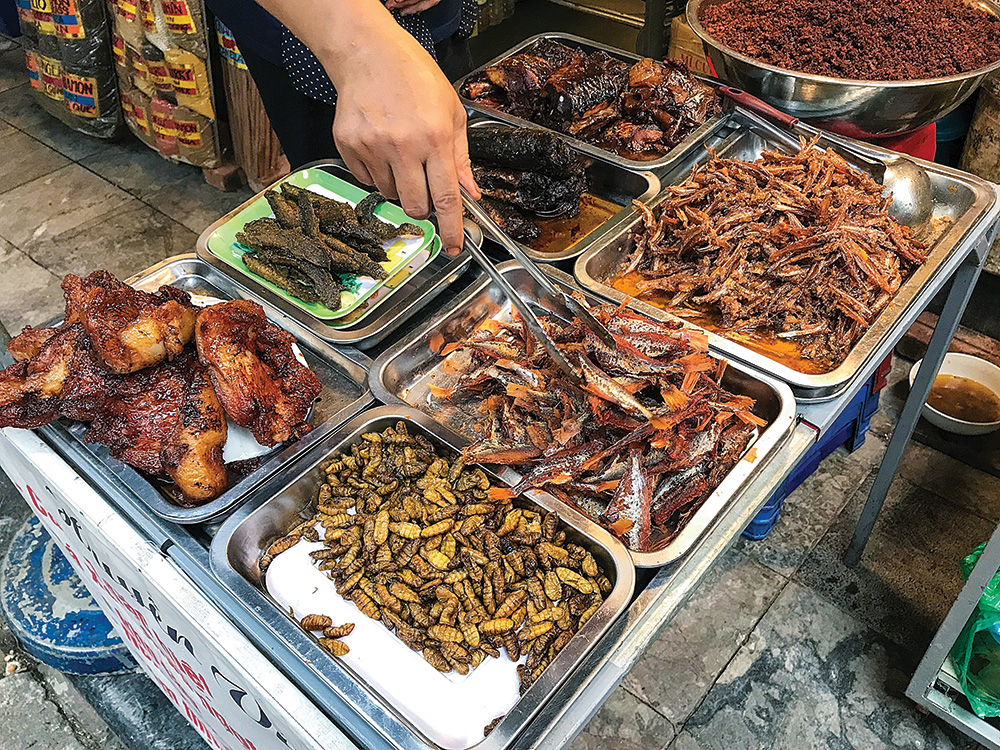
A TASTE FOR INSECTS
Pollination might be the first benefit that comes to mind when discussing the good insects of the world … but how about insects as a viable food source for the majority of humans on the planet? This fact simply can’t be ignored.
To many of us living in the United States, the thought of eating insects might make most people cringe. Insects, creepily crawling around, are not considered “food.”
However, throughout the world, it’s quite different. Insects are included in meals in many countries, including Thailand, Ghana, Mexico, China, Brazil, Australia and Japan. Edible insects include bees, ants, grasshoppers, termites and even the larva and pupae forms of numerous insects. Preparation of insects as a meal or snack comes in many forms. Some are fried or buttered, while others are roasted, sauteed or grilled on skewers. They can be the main course in some high-end restaurants or prepared as a snack from vendors on the street.
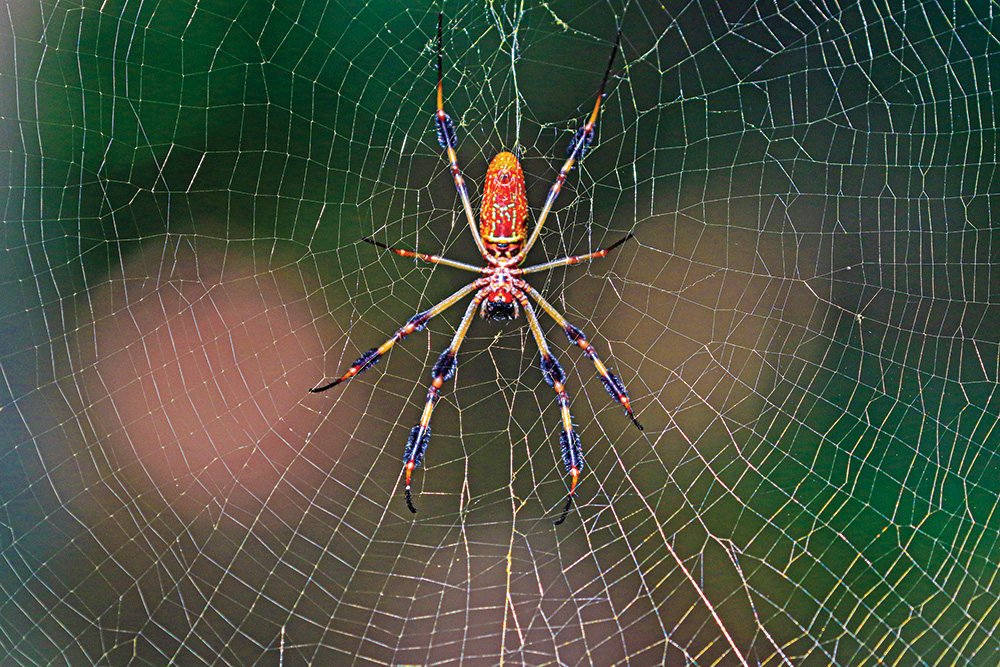
Interestingly, pound for pound, insects contain more protein than conventional meats. For example, eating five locusts is equal to the amount of protein found in an average beefsteak. Insects are very good sources of Omega 3 and Omega 6 and are loaded with necessary vitamins and minerals. Best of all, insects are low in fat, with meat containing (on average) three times more fat than the fat levels found in insects.
Overall insect production to feed the world population is a very sound idea. Insects would generate far fewer greenhouse gases, would take up less space than cattle or poultry, could generate food at a faster rate than livestock and offer a greater percentage of edible material from the insect (around 80 percent, as opposed to 55 percent in poultry and 40 percent in cattle).
However, the only true limitation of converting people to eating insects, at least within the United States, is overcoming the stigma that insects are creepy, dirty, disease-carrying critters.
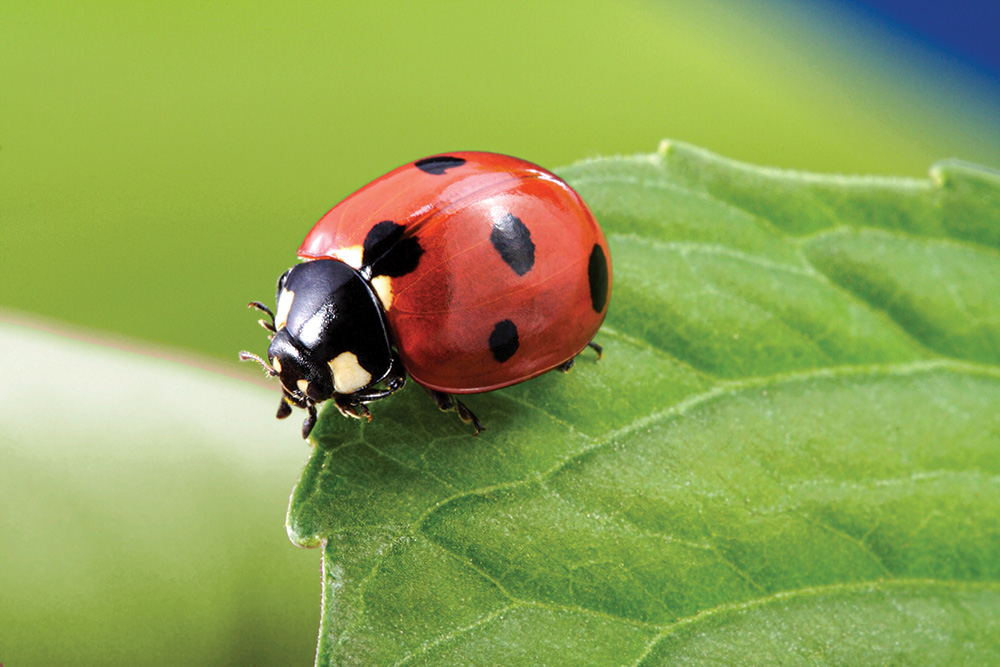
ENDANGERED INSECTS
When one hears about endangered species, large mammals generally come to mind (for instance, tigers, elephants and primates). However, what’s going on right now is one of the largest “bug-pocalypes” of all time, with a vast number of species in danger of becoming extinct.
To the average person, there are “tons” of insects all around the world, so it shouldn’t matter if some cease to exist. This is a totally incorrect way of thinking. In fact, the loss of insects would create a host of problems for local ecosystems, as well as for Earth as a whole.
A decline in insects could release a “plague of pests” throughout the land—meaning that if the predatory good bugs are gone, the harmful ones would be plentiful and would, no doubt, destroy crops, carry disease farther than ever and cause havoc for humans and other large animals.
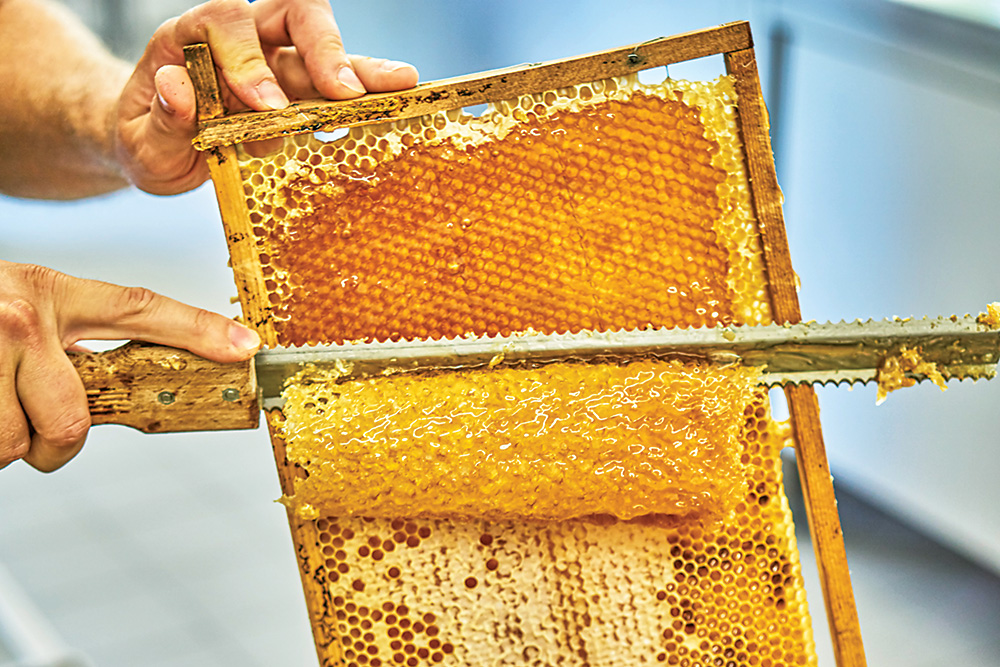
The loss of pollinators should be of obvious concern. Without pollinators, less-beneficial plants would be produced. That, alone, would shake the economies and food productions throughout the world. It’s estimated that crops needing pollination throughout the world are valued at nearly one trillion dollars per year in annual sales. These include nuts, seeds, fruits and vegetables (such as cherries, apples, blueberries, broccoli and cucumbers).
So, who is to blame for the severe decrease in key insect species? The answer? Mostly humans. With the continued decimation of forests and tropical regions, more insect populations are being displaced or destroyed on a regular basis. Chemical pollutants, overharvesting and hybridization with other species all play a part in creating a larger-than-ever endangered insect list.
NOT ALL BUGS ARE BAD
The next time you’re outside in the heart of nature, try to keep an open mind about the insects found all around you.
Yes, there are some pests out there that would like nothing more than to sink their mandibles into your flesh and cause you pain. There are ants that’ll make your skin burn, and there are flying insects within the bee family that’ll sting you if you’re too close to their hives. However, keep in mind that they’re existing and “doing their thing”—not unlike you do throughout your daily life.
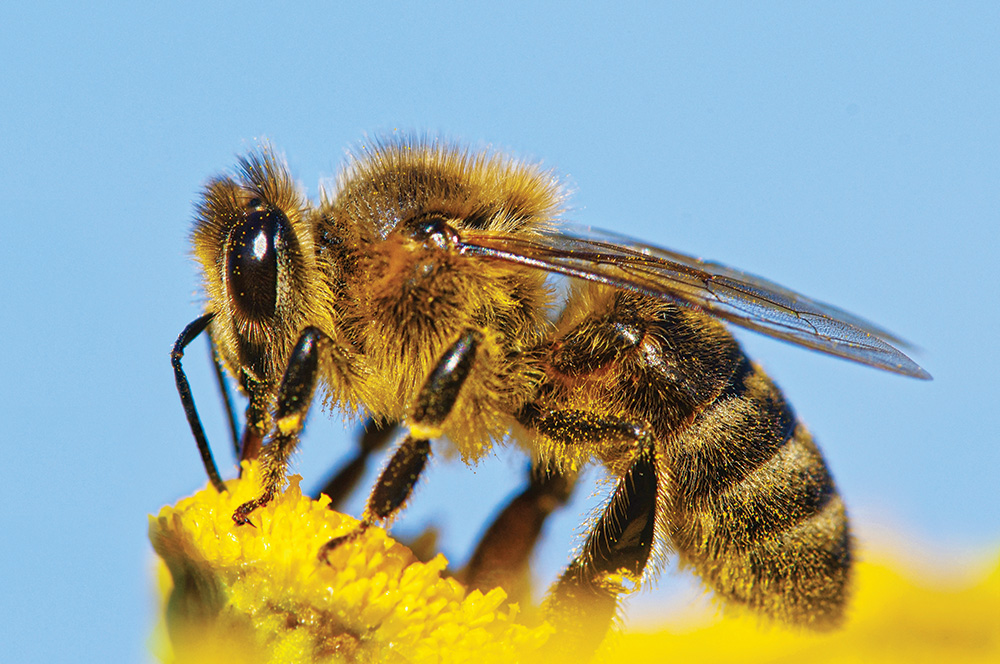
Additionally, good bugs, as individuals, might not make a large difference in the balance of an ecosystem, but when their numbers are in the millions or billions, a loss to their species would certainly be felt. It would disrupt a normal life cycle and cause severe reverberations throughout the well-balanced ecosystems of the world.
It’s time to give thought to the insect population and understand that there’s more to them than just making your skin crawl or your body jump when they cross your path. They’re to be respected and protected to ensure their part in making life easier for you and other humans on the planet continues today, as well as far into the future.
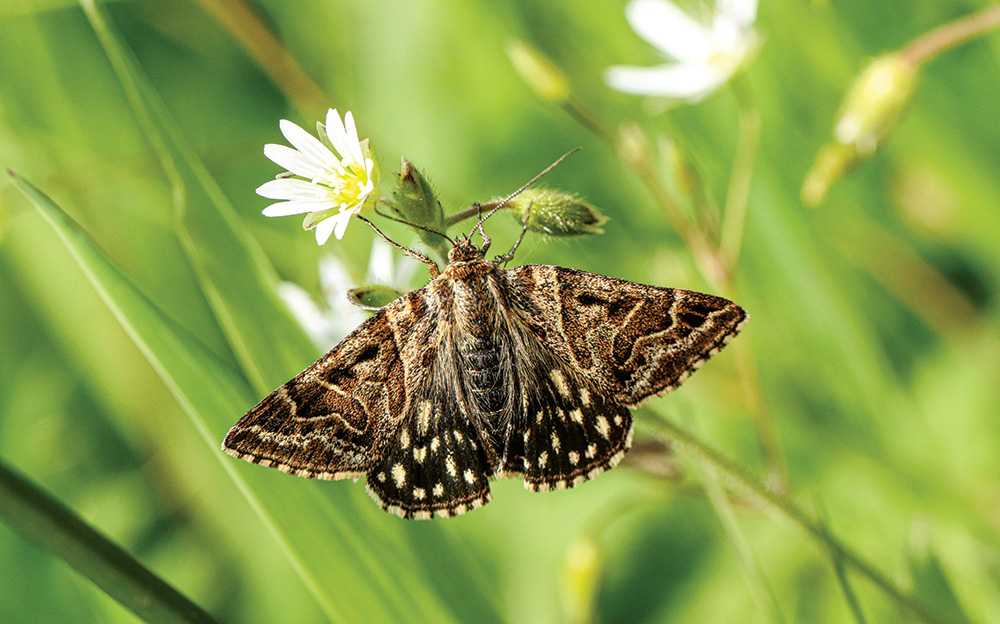
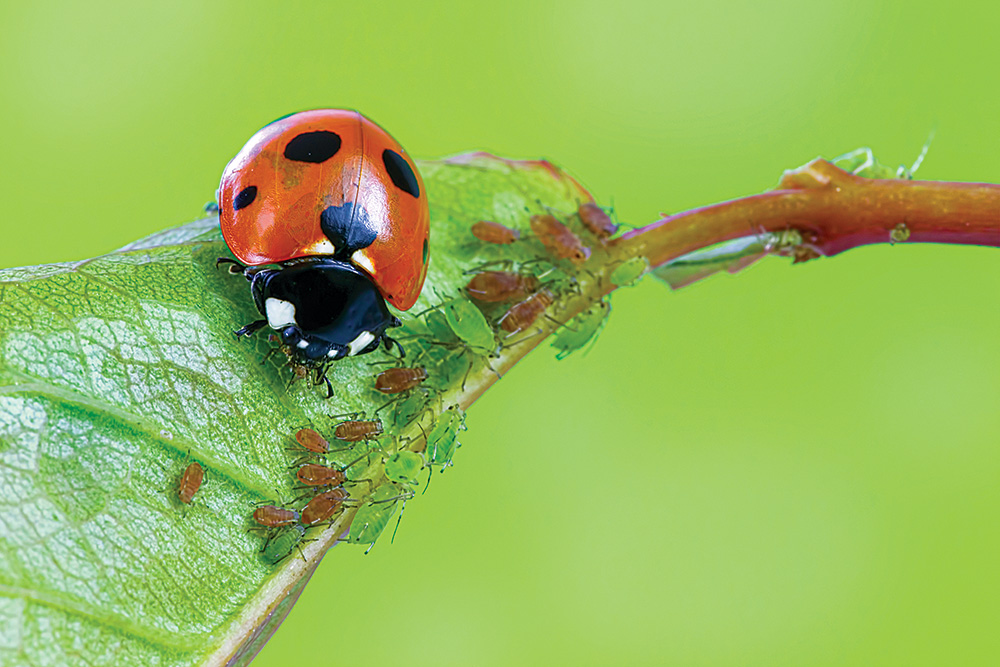
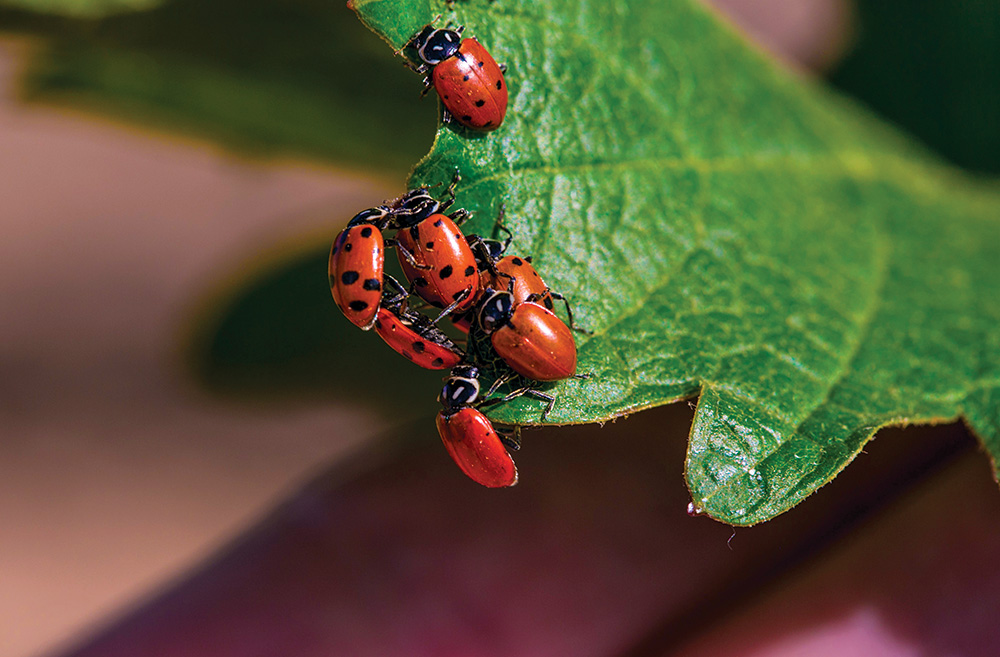
SHE’S NO LADY WHEN IT COMES TO EATING
The red-colored, black-spotted outer shell of the ladybug makes this member of the beetle family a favorite insect for many kids and adults alike. Its innocent and almost attractive appearance is deceptive, though, because this insect is a voracious and relentless killer and eater of aphids on a grand scale. Aphids can wreak havoc on plants and flowers when clustered on their leaves or stems, because they deposit a sticky residue on a plant’s surface, which, in turn, transforms into a black, destructive mold.
Ladybugs can be your garden’s “savior”: They enjoy the all-you-can-eat buffet of aphid clusters and can devour around 50 of these pests a day … and up to 5,000 aphids during their lifetimes. Ladybugs make a great addition to gardens as a natural alternative to pesticides and are one of the few insects that people actually enjoy observing and don’t mind placing on their finger or hand for a closer look.
GARDEN GUESTS
Planting these crops almost ensures the good bugs will make your garden their home.
One problem with small-scale gardening in your backyard are the dozens of insect pests that the flowers and vegetables attract. One natural way to fight back against these hungry interlopers is to plant crops that attract insects to counter these bad bugs.
Here are some great additions to your garden:

• Dill
• Carrots
• Lavender
• Lemon balm
• Marigolds
• Parsley
• Spearmint
• Sunflowers
• Mustard
• Thyme
A version of this article first appeared in the February 2022 issue of American Outdoor Guide Boundless.


